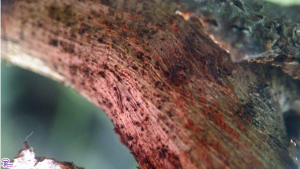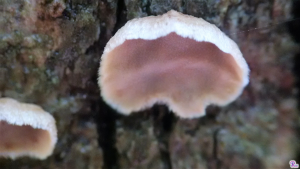#038: Mushroom Morphology: Corals and Clubs
Most mushroom-forming Orders of fungi has evolved a coral or club morphology. To simplify things, I am using “Corals and Clubs” to refer to only clavarioid (coral-like) mushrooms in the Phylum Basidiomycota. For clavarioid mushrooms in the Phylum Ascomycota, see FFF#036 (Earth Tongues) and FFF#037 (Earth Tongue Look-Alikes). Unlike the earth tongues and look-alikes, the corals and clubs produce spores externally on basidia (see FFF#012 and #013 for more on basidia and asci). If you have a microscope available, checking to see how your mushroom produces its spores can help eliminate some possibilities.







![#011: Characteristics of Kingdom Fungi [Archived]](https://www.fungusfactfriday.com/wp-content/themes/hueman/assets/front/img/thumb-small-empty.png)


